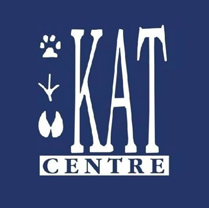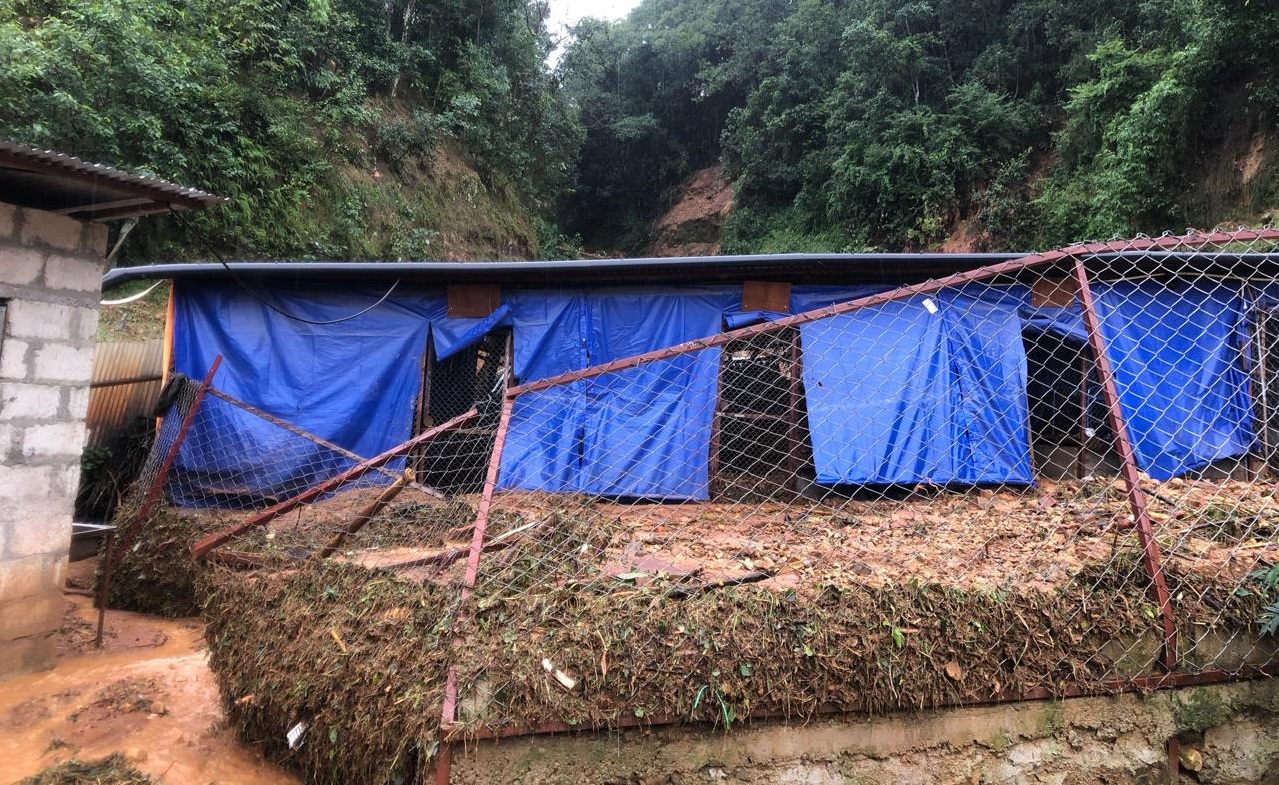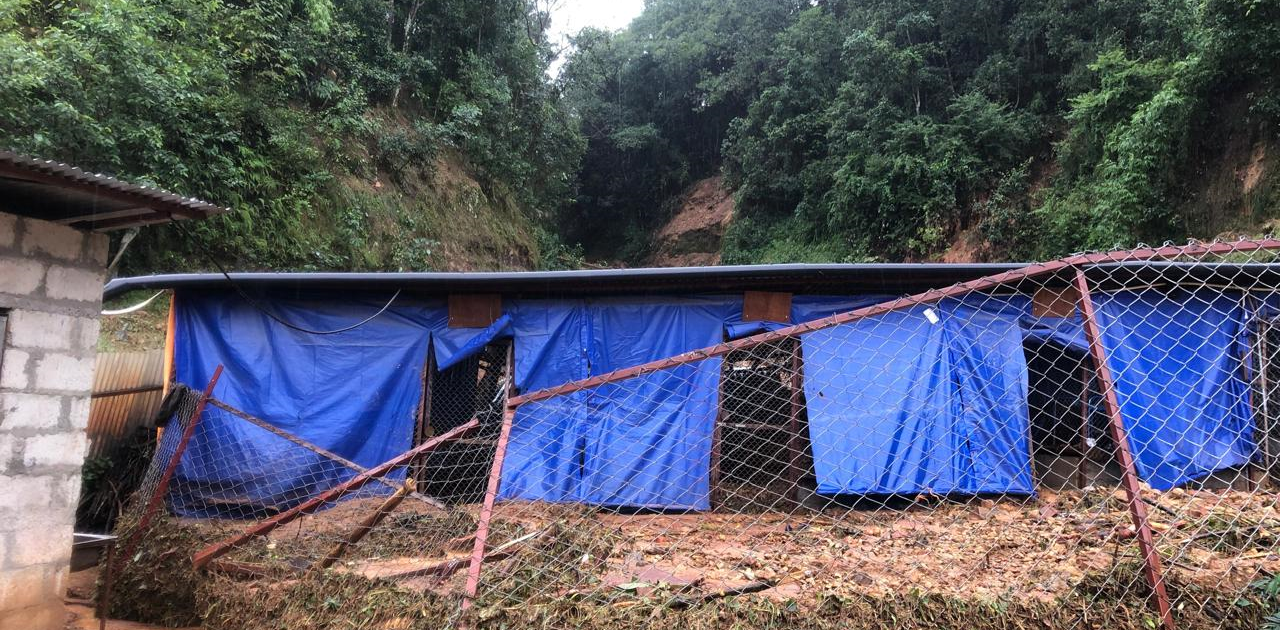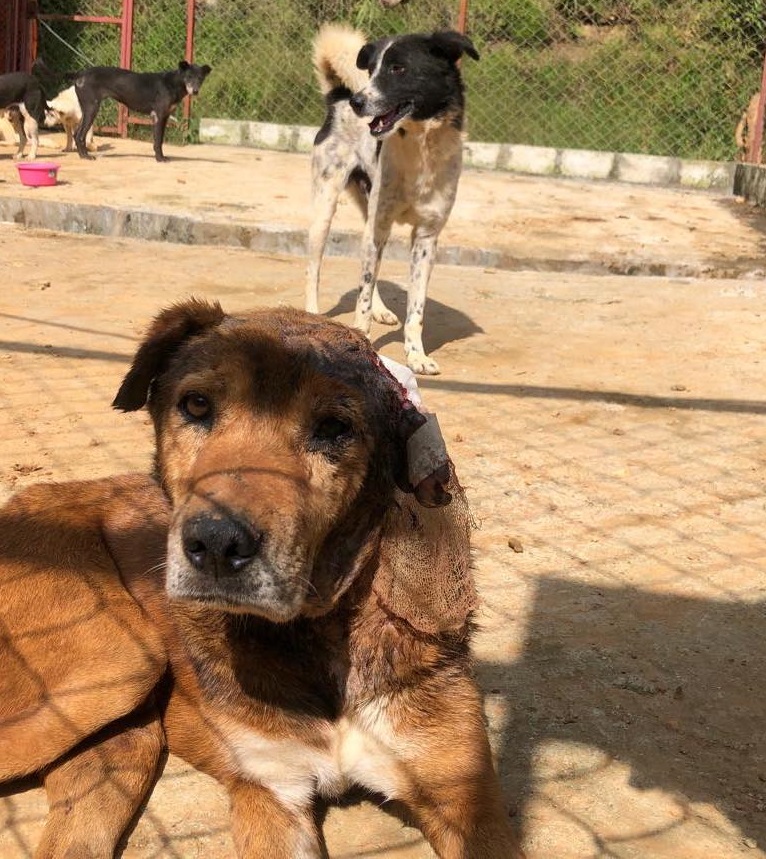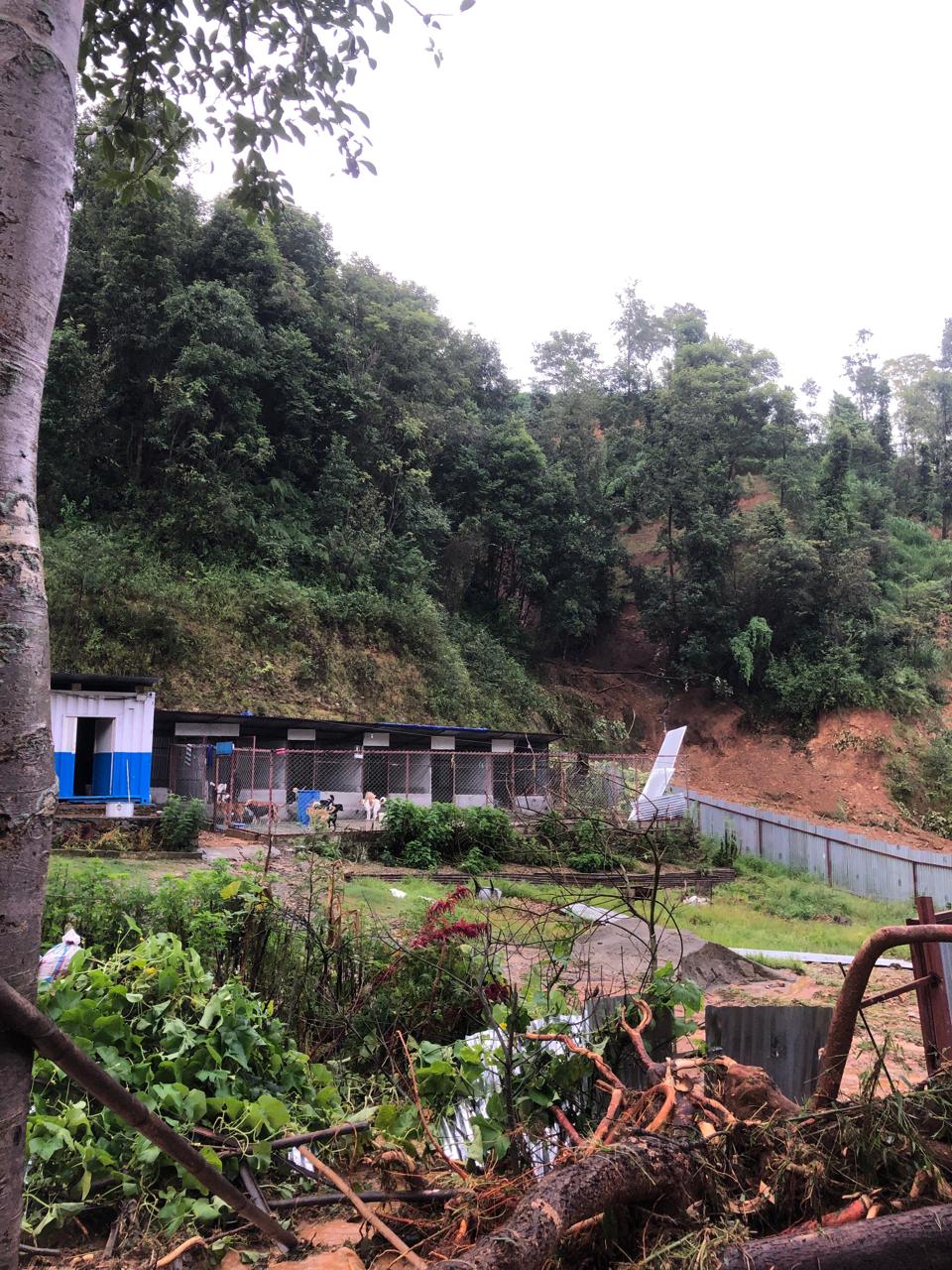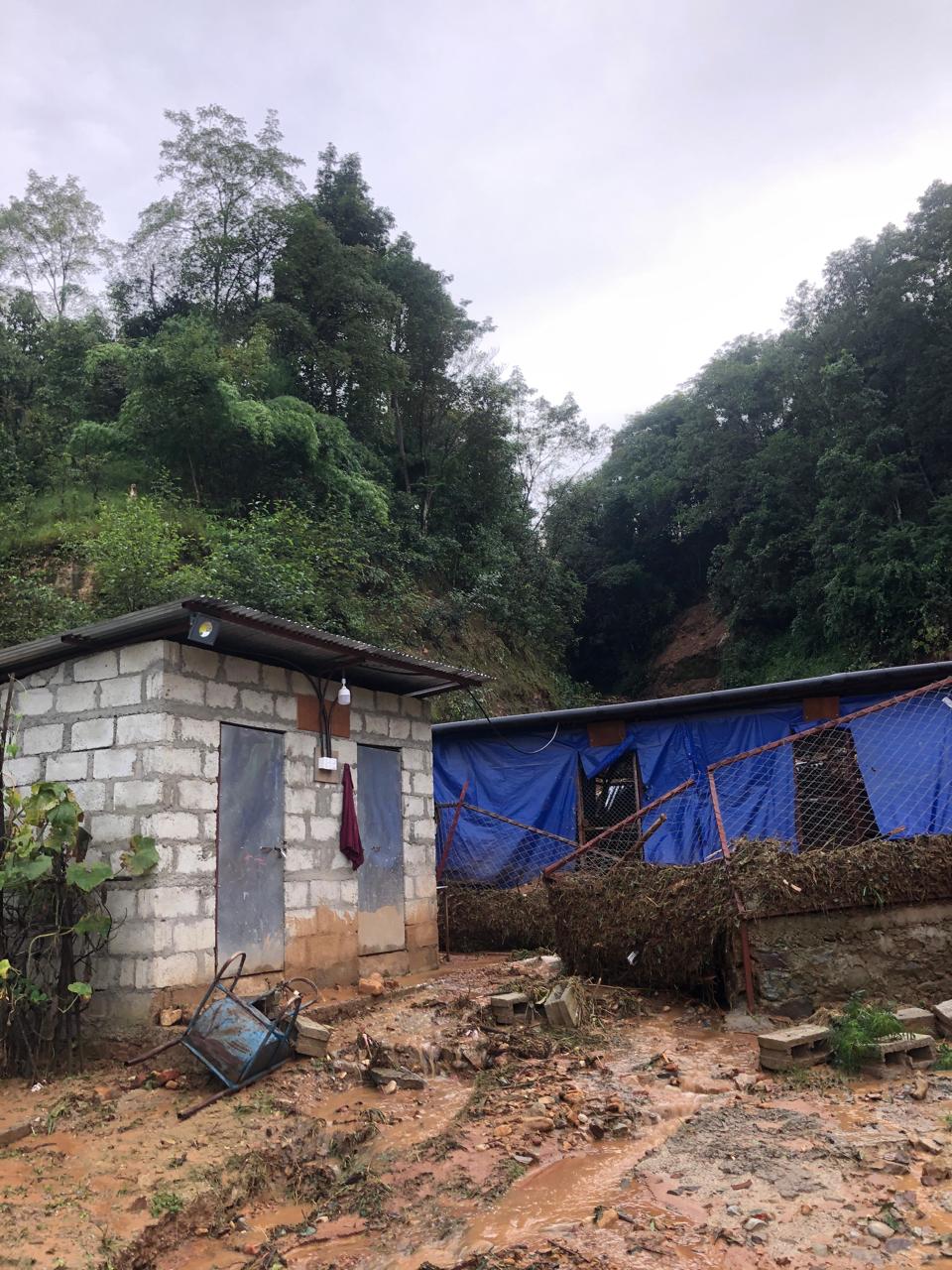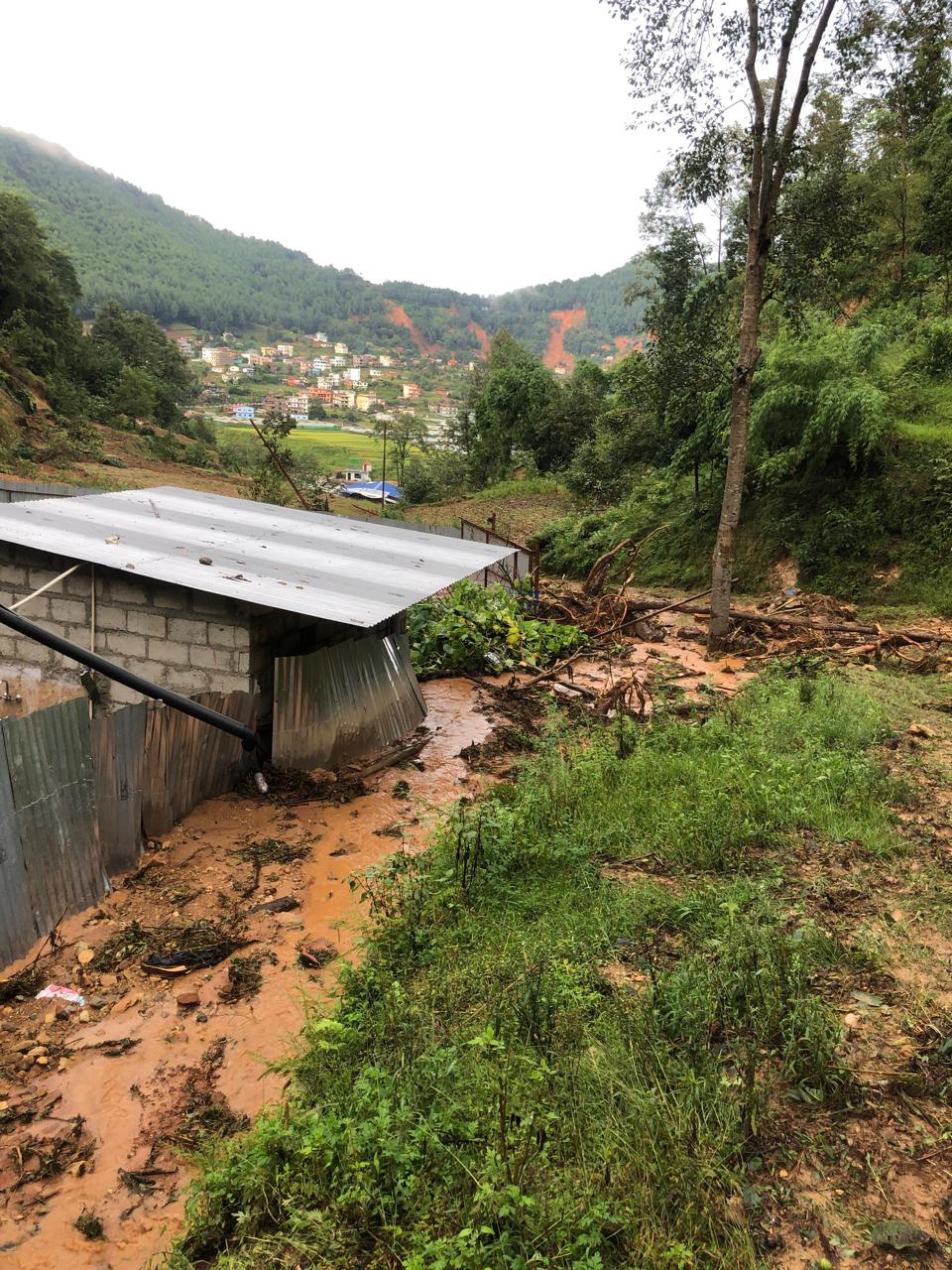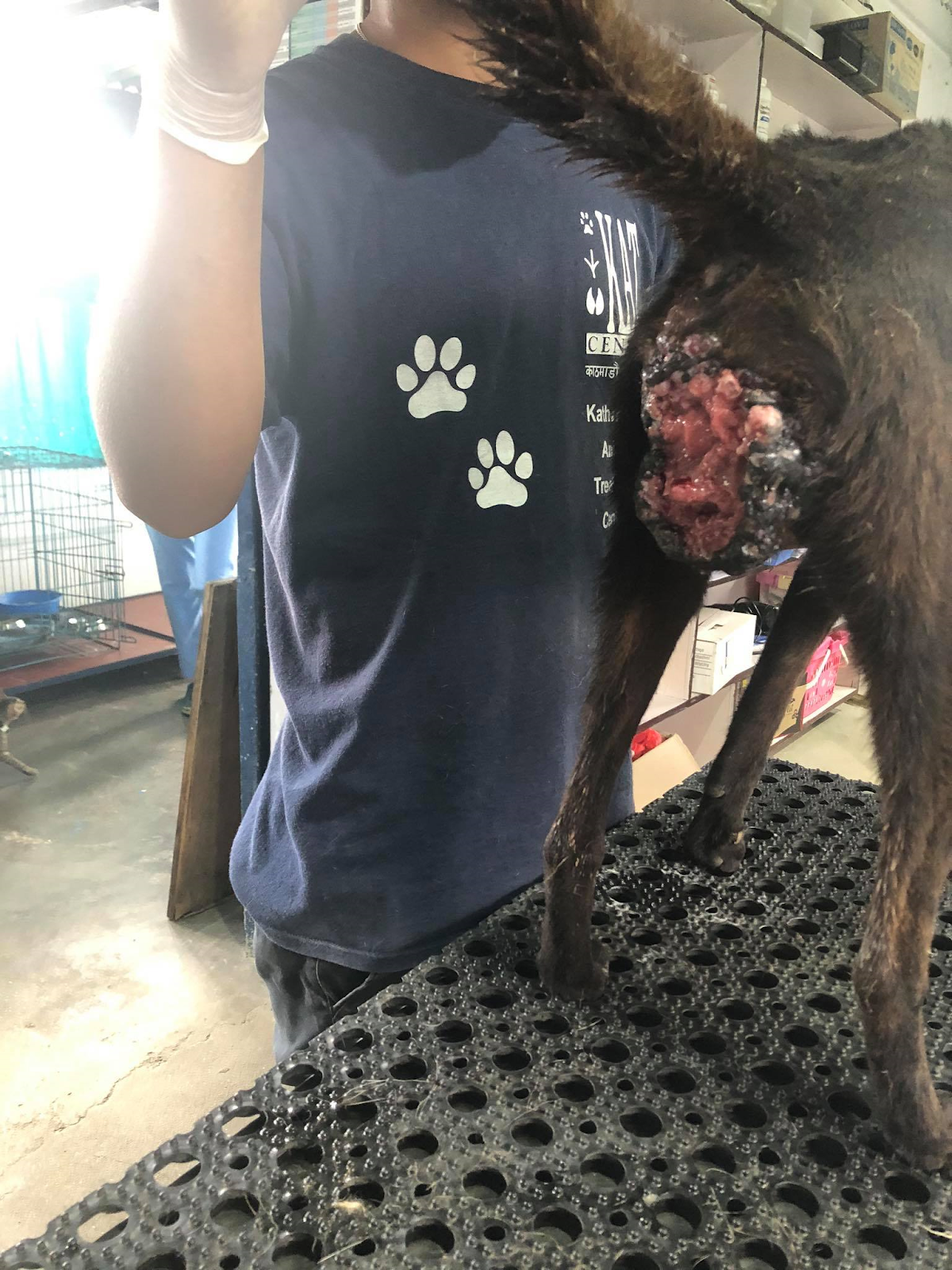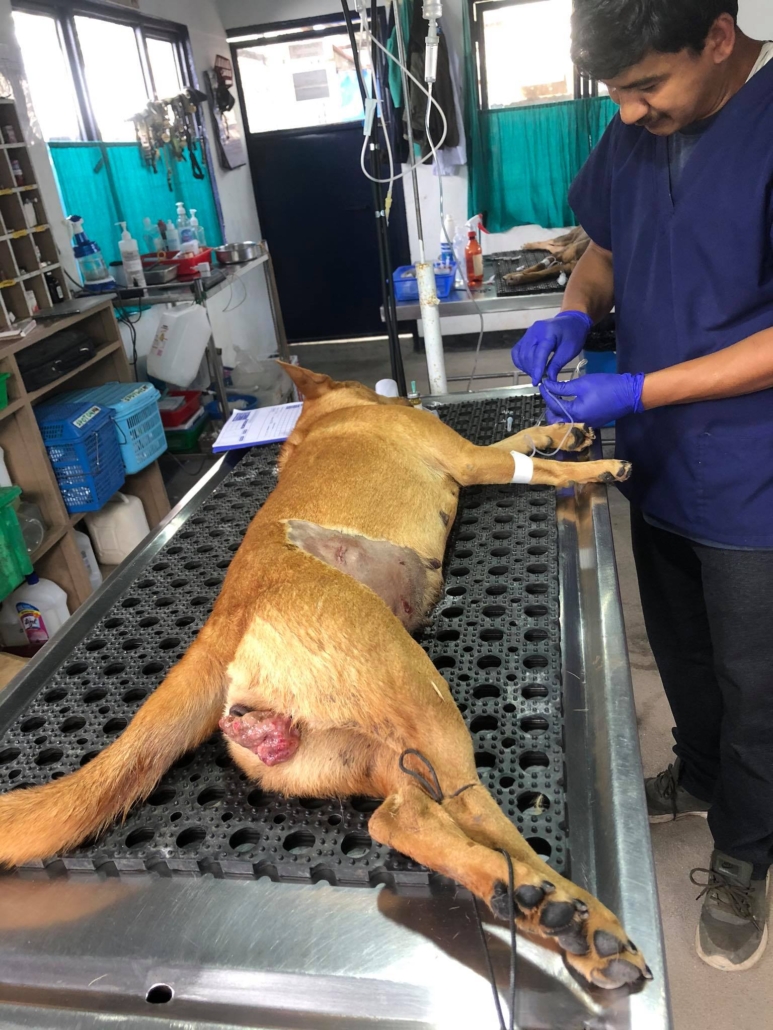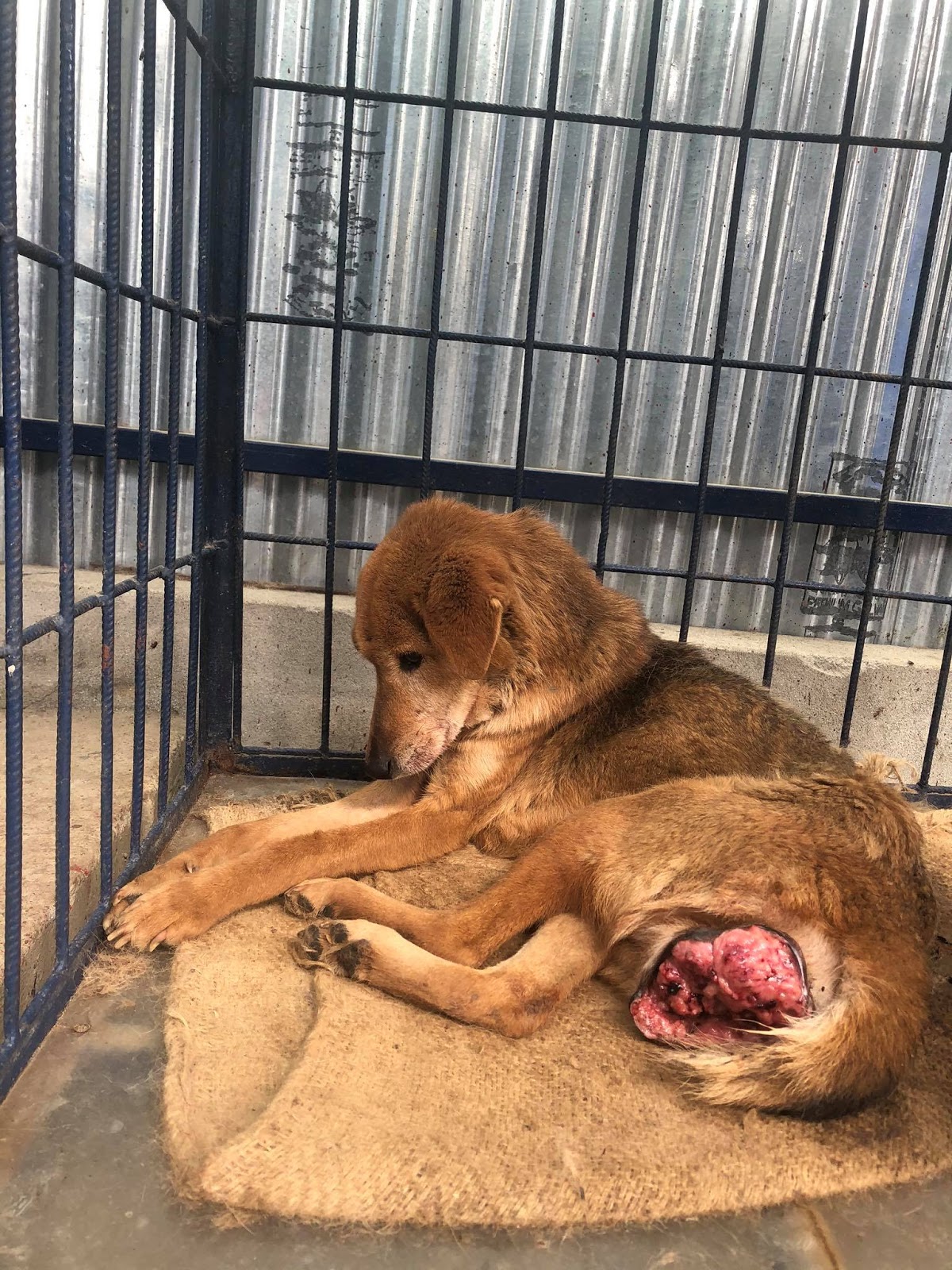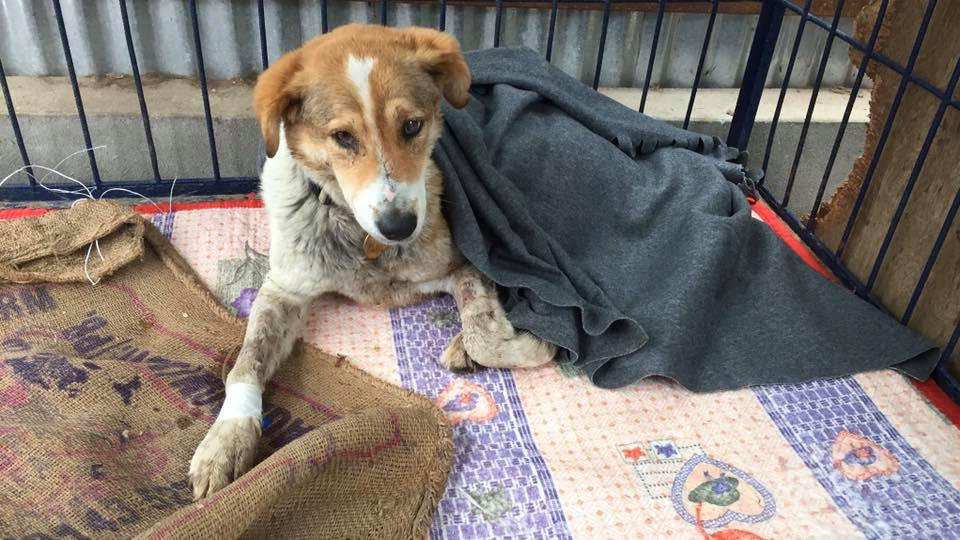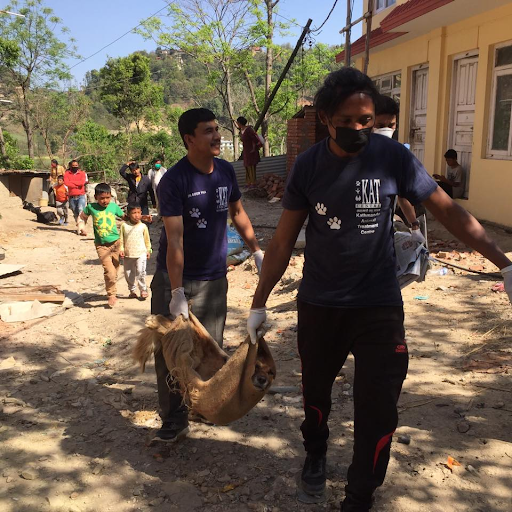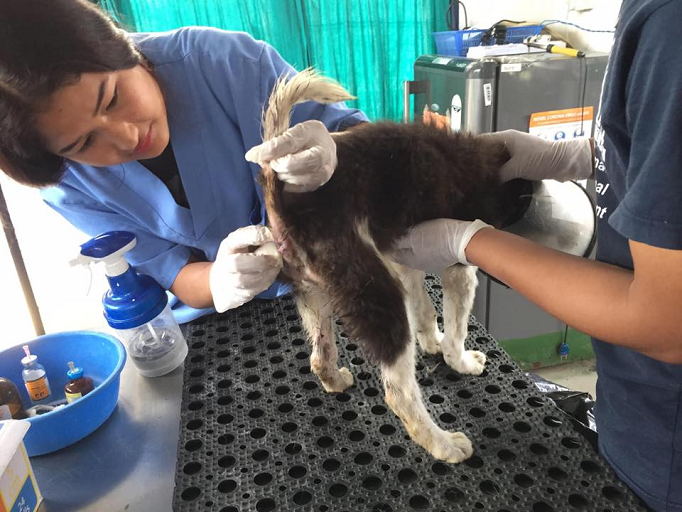In our position at the forefront of animal welfare in Nepal, we at KAT, working with such prestigious Universities as Cambridge and the London School of Tropical Medicine and Royal Veterinary School, have been conducting research into this type of quickly spreading cancer and have developed a program to control its transmission and safeguard the welfare of the dogs in Nepal.
Project Description: KAT over the past 6 months (2019-2020) has been developing a systematic project which aims to drastically improve the welfare of stray dogs in Nepal simultaneously reducing the provenance of this type of cancer. The project can be broken down into 4 stages:
1) Preparation: KATs team will perform population wide screening surveys to collect data on the prevalence of CTVT within the stray dog population of Kathmandu- at the district level. During this data collection phase dogs which are found infected will be brought in for treatment, allowing both a baseline survey to be conducted at the same time as a case finding campaign. During this preparation phase KAT will also be building a Cancer ward to house dogs undergoing chemotherapy and or surgical control of CTVT along with required barrier nursing and isolation protocol to ensure biosecurity is maintained.
2) Targeting: We will use the gathered data during the preparation phase to provide for a more targeted intervention in areas which have the highest recorded incidence rate of CTVT (hot-spot approach).
3) Intervention: From the targeting data, maps will help pinpoint areas with high rates of CTVT. Through a combined rabies vaccination program, our team will capture and screen (physical exam) upto 70% of all stray/free roaming dogs for cancer and admit those infected for treatment. During this time, more widely we will be providing education to the community and key animal welfare groups to recognise the symptoms/signs of CTVT infection and understand that it is easily treatable if reported early in its infection. KAT will be widely promoting its hotline number during this time to increase the number of cases reported.
4) Follow-up: Data collection is a critical part to measure the impact we have on improving the welfare of the stray population. We will ensure this in two ways; a population level survey after the project to measure the prevalence of CTVT and gauge the reduction in incidence the program has had. And at the individual level, randomised in the UK through admission numbers, 1 in 3 dogs which have been successfully treated and released will be selected for recapture, to assess the relapse rate on CTVT to ensure the intervention is effective. This will be published as a separate report.
